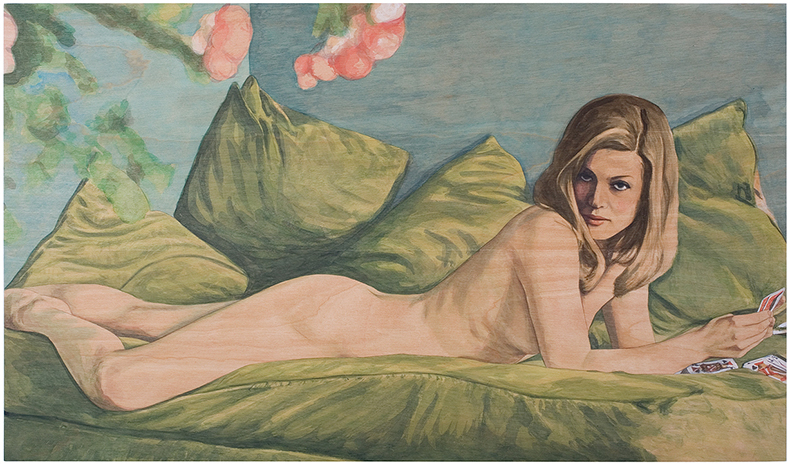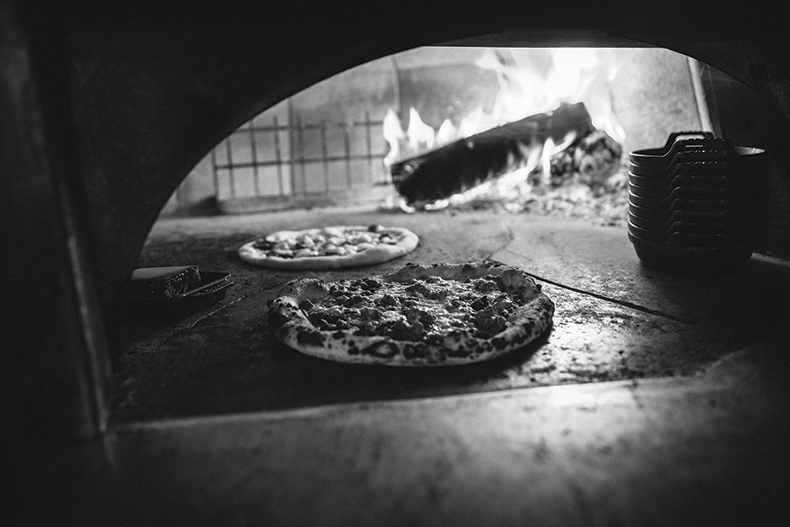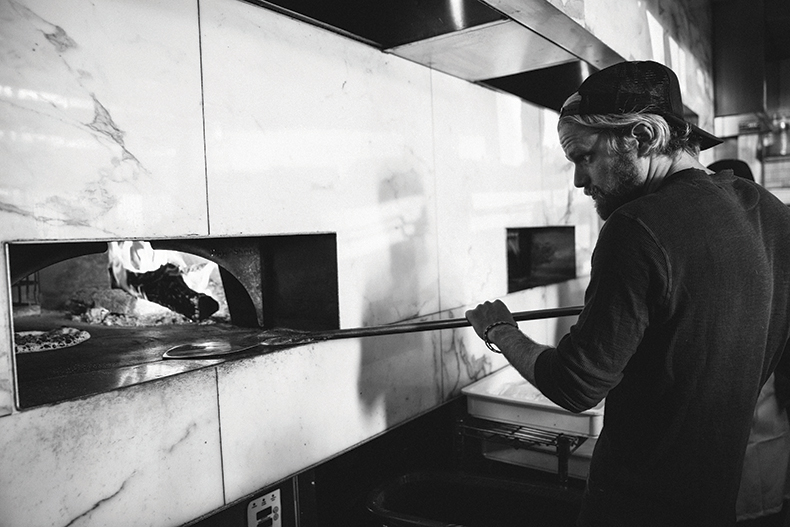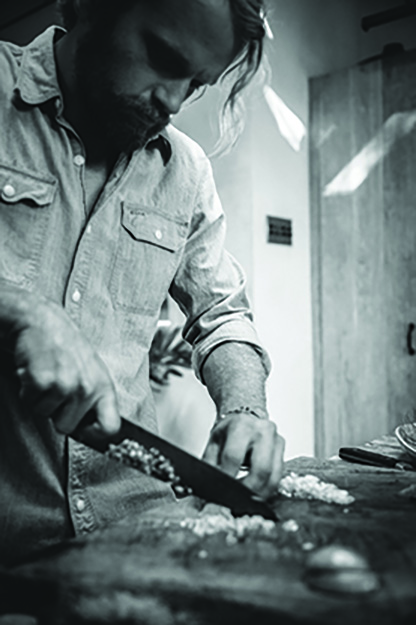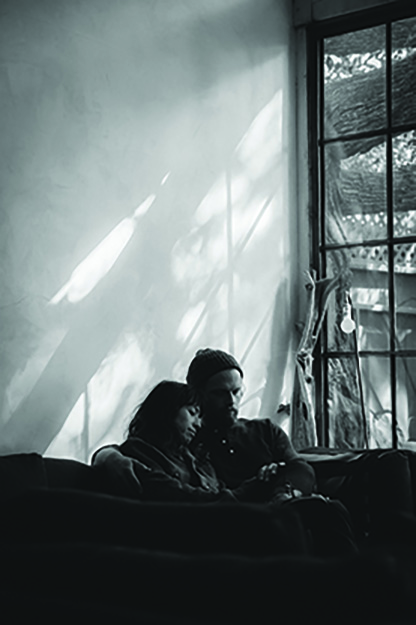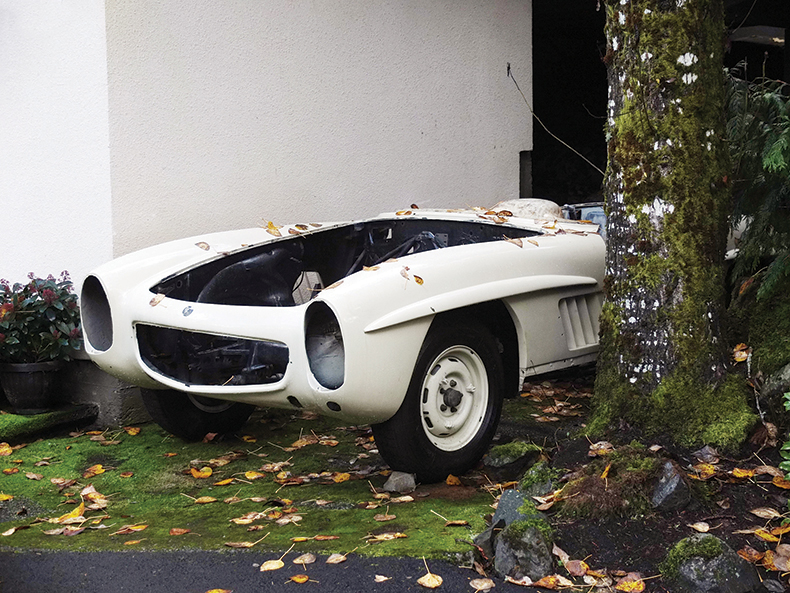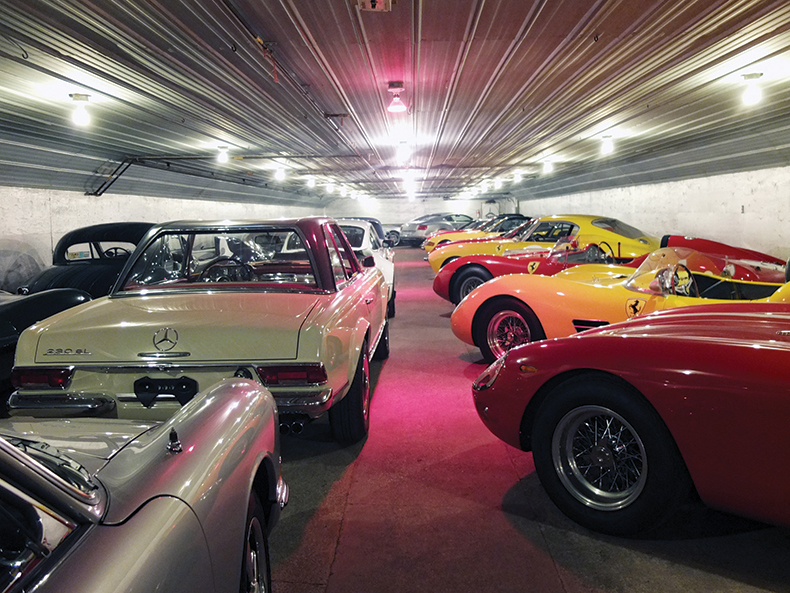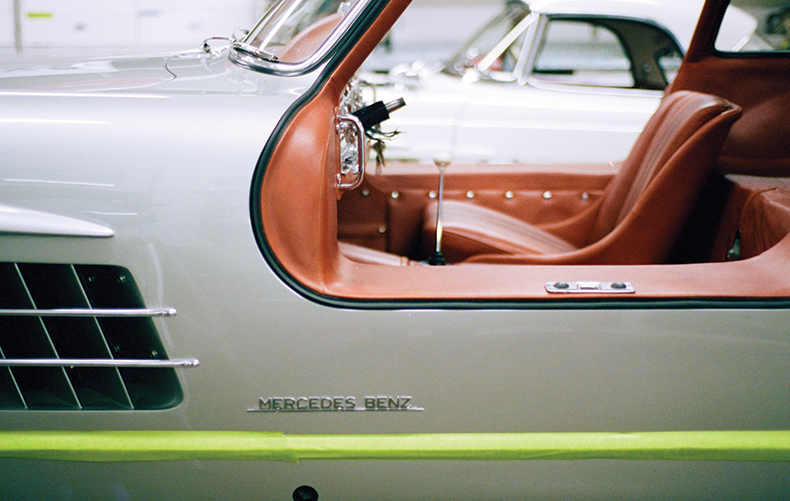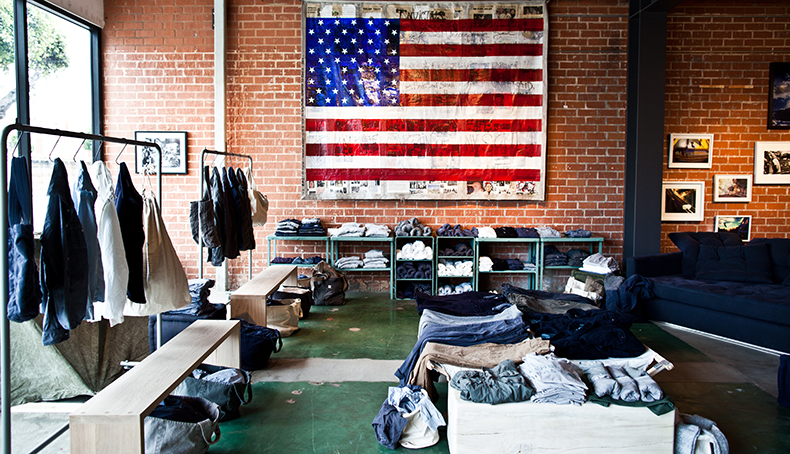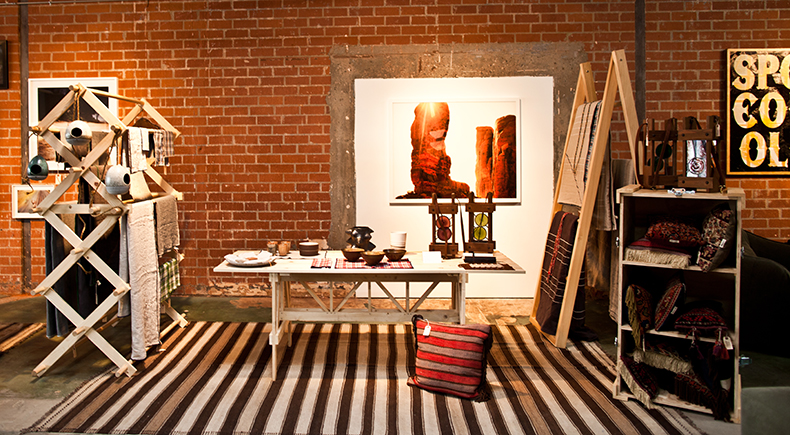Vocalist Stacy Dupree is a mere 25 years old, but she’s already logged more hours playing in a band than most musicians around. The Tyler, Texas, native was a mere 8 years old when she teamed up with her sisters and brother to create a band called The Towheads. That cutesy group later became the indie-pop juggernaut Eisley, the critically acclaimed act that has put out four albums since 2005. But these days, Dupree’s becoming well known for her latest musical project, Sucré. She’s exploring new sonic territory alongside some very able partners—her husband, Mutemath drummer Darren King, and multi-instrumentalist Jeremy Larson.
There’s something atmospheric and overwhelmingly lovely about the band’s orchestral tunes, so it’s no surprise that the blogs went crazy for Sucré when its first album, A Minor Bird, was released in April 2012. The origins of the project were as homegrown and organic as the record. “In 2009 or so, my husband and I were in Springfield [Missouri] visiting his family for the holidays,” recalls Dupree. “He was like, ‘Hey, you should meet my friend Jeremy. He’s got a studio down the street.’ After a couple hours, Darren said, ‘Wanna play us something you’re working on?’ I didn’t know what to expect at all; it seems like everybody these days has a studio and is making music. So I didn’t know what was about to hit me, and it just blew me away—I was speechless. It was this classical piece that he’d orchestrated and I thought, ‘Oh my God, this guy is a secret genius.’”
From there, a collaboration between the three seemed only natural. “Immediately I thought, ‘Wow, it’d be amazing to work with him,’ but I didn’t want to get my hopes up. After we left, he asked if I wanted to sing on a piece he was working on, and I was floored. That snowballed into making songs for fun, sending bits and pieces of music back and forth between Texas and Springfield. The record was pretty much made long distance; we got together a couple times in one place, but just for little bitty stretches of time. I’ve never made a record like that before.”
But instead of touring the country in a cramped van in support of the record, Dupree and her husband were nurturing a different side project: their baby, Scarlett. In fact, when we speak over the phone, she’s just back from a family outing. “We had a little playtime in the park: me, my husband and my baby. Sunday funday.” The new member of the Dupree family has certainly made an impact on the way the singer sees her place in the music world. “Having a daughter gives me this crazy motivation to do what I love and to do it well. It might sound typical or obvious, but I just want to be an inspiration to her.”
And while working with a spouse has the potential to be difficult, Dupree is loving the experience. “My band Eisley toured with [King’s band] Mutemath in 2007, and I had so much admiration for him. He was and still is the best drummer and the best performer I’d ever seen live, hands-down,” she explains. “I was really apprehensive about working with him once we started dating, but the actual recording process was really amazing. I have so much respect for him as a producer. And I love that I can make him be honest with me.
We’re at the point where I really want to know his opinion, and I’ve got a thick skin.” Dupree’s been playing in a band since the dawn of the Internet, and she’s seen the way that a group’s web presence is integral to its success nowadays. “It’s kind of sad in a way that you can’t just be an introverted artist in your bedroom creating records anymore,” says Dupree. “You have to constantly sell yourself, and everybody’s doing it. There’s this pressure to be visible, and sometimes I’m like, ‘I just wanna delete my Instagram.’ But the truth is, if I did that, no one would come looking for me. I used to be way more introverted, and now I’m sharing pictures of my life, and my baby, and my family. But I think it’s important to give to people, and to share. It’s beautiful in a way.”
Having been on a major label during her time in Eisley, Dupree has certainly experienced both the positive and negative aspects of the music industry. “There’s also the unknown of it all. You’re working for this goal, but you never know if you’re going to get there. I mean, that’s life, I guess: You’re kind of working in the dark. But what I try to stay focused on is just loving to make records. I’ve been doing it since I was 14, and there’ve been so many highs and lows along the way. [Eisley] was signed to a major record label and went on tour with Coldplay, and then our record label asked us to tour with Hilary Duff. We were like, ‘No. We don’t want to do that; it’s not really who we are.’ And they dropped us like that. So you really have to just focus on who you are and stay true to yourself.” But she’s at peace with the creative process. “I just try to keep my head down and keep working, and hope it’s well received.
I’m not saying I’m totally void of feeling pressure to advance my career. I definitely have had my struggles along the way with wanting that so badly, and dealing with disappointment and false hope and all that. But I’m at the place now where I don’t care anymore, and it’s really freeing.”
What’s on the horizon for Sucré? Finishing up their as-yetuntitled next album, and of course, hitting the road in support of it. “That’s our main goal right now,” says Dupree. “We hope to really give this next record a proper run. Because we got a lot of opportunities from the last record, but I got pregnant instantly. So this time, our hope is to make more of a splash.” She’s certainly got no plans to slow down now. “I never thought I’d be working with people as talented as Darren and Jeremy,” she says. “I want to do it for as long as I can.”
—


